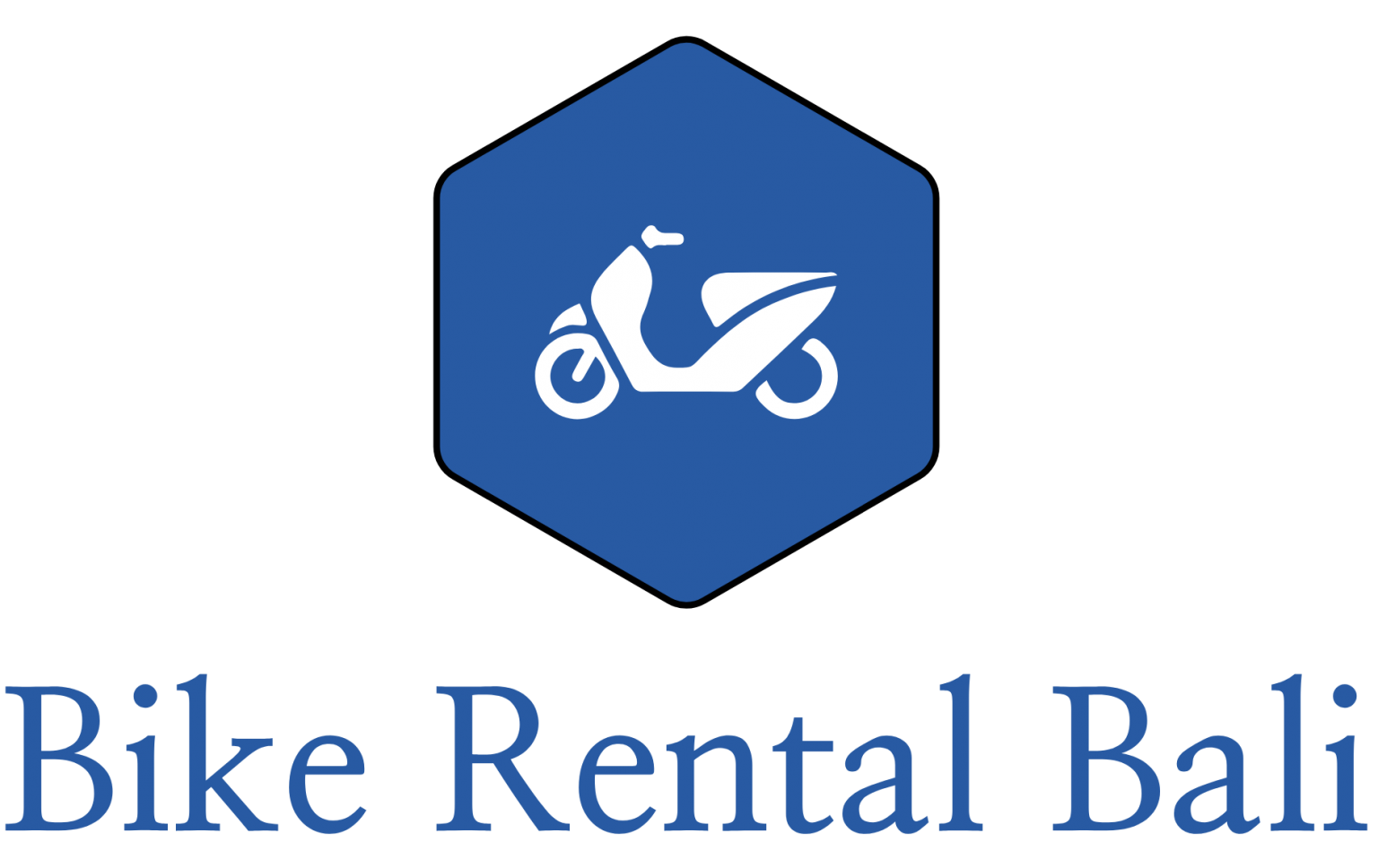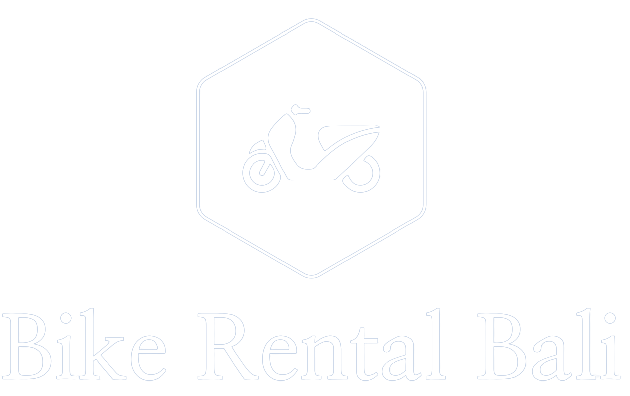Mastering Data-Driven Personalization in Email Campaigns: From Data Collection to Machine Learning Optimization
Implementing effective data-driven personalization in email marketing is a complex, multi-layered process that requires meticulous planning and execution. This comprehensive guide dives deep into the specifics of transforming raw data into tailored, high-converting email experiences. As an anchor, we reference Tier 2’s broad overview “How to Implement Data-Driven Personalization in Email Campaigns”, but here we focus on concrete, actionable techniques that will elevate your personalization strategy from basic segmentation to advanced machine learning integration.
Contents
1. Understanding Data Segmentation for Personalization
a) Defining Precise Customer Segments Using Behavioral Data
Begin by implementing event tracking on your website and app using tools like Google Tag Manager or Segment. Capture key actions such as product views, cart additions, wishlist saves, and purchase completions. Use this data to identify high-value behaviors, such as frequent browsing of certain categories or repeated cart abandonment.
Create behavioral clusters using unsupervised learning techniques like K-Means clustering on these action metrics. For example, segment users into “Browsers,” “Engagers,” and “Power Buyers,” based on their interaction frequency, recency, and depth of engagement. This refined segmentation allows for targeted messaging that resonates with each behavioral archetype.
b) Utilizing Demographic and Psychographic Data for Granular Audience Segmentation
Leverage your CRM to collect demographic information (age, gender, location) and psychographics (interests, values). Use enriched data sources like social media profiles, survey responses, or third-party data providers to fill gaps. Apply clustering algorithms such as hierarchical clustering to create micro-segments like “Urban Beverages Enthusiasts” or “Luxury Seekers.”
Ensure your segmentation criteria are dynamic—regularly update these clusters based on recent customer behaviors and preferences to prevent stale targeting.
c) Combining Multiple Data Points for Enhanced Segmentation Accuracy
Create multi-dimensional segments by integrating behavioral, demographic, and psychographic data. Use a weighted scoring system to assign each customer a composite score across dimensions. For example, a customer with high engagement, recent activity, and demographic affinity to a premium segment could be tagged as a “High-Value Luxury Enthusiast.”
Implement this via a Customer Data Platform (CDP) that consolidates all data points into a unified profile, enabling complex segmentation rules like “Target recent high spenders aged 30-45 interested in eco-friendly products.”
2. Collecting and Integrating Data Sources for Email Personalization
a) Setting Up Data Collection Mechanisms (CRM, Web Analytics, Purchase History)
Deploy a centralized CRM system like Salesforce or HubSpot to track customer interactions, preferences, and contact details. Integrate web analytics tools such as Google Analytics 4 or Hotjar to monitor browsing patterns. Connect eCommerce platforms (Shopify, Magento) to automatically capture purchase history.
Set up API integrations using middleware like Zapier or custom ETL pipelines to sync data across platforms in real-time or batch modes, ensuring your customer profiles are continuously updated with fresh information.
b) Ensuring Data Privacy and Compliance (GDPR, CCPA) During Data Collection
Implement explicit consent mechanisms during data collection, such as checkboxes and clear privacy notices. Use tools like OneTrust or TrustArc to manage compliance workflows. Regularly audit your data collection points to verify adherence to regulations, and provide easy options for users to update or revoke consent.
Encrypt sensitive data at rest and in transit, and apply role-based access controls. Document your data handling policies transparently to foster user trust and legal compliance.
c) Integrating Data Sources into a Unified Customer Profile Database
Use a Customer Data Platform (CDP) like Segment or Treasure Data to unify disparate data streams. Design schema that maps web, app, CRM, and purchase data to a common customer ID. Implement identity resolution techniques—probabilistic or deterministic—to merge profiles accurately.
Establish data governance policies to maintain data quality, consistency, and timeliness, facilitating reliable personalization.
3. Building Dynamic Content Blocks Based on Data Attributes
a) Designing Modular Email Components for Personalization
Create reusable content modules tagged with data attributes—such as personalized greeting, product recommendations, or location-based offers. Use email builders like Mailchimp, Klaviyo, or Salesforce Marketing Cloud that support dynamic modules.
For example, design a product recommendation block that pulls in personalized items based on the customer’s browsing and purchase history, with placeholders for product images, names, and prices.
b) Creating Conditional Content Rules (if-else Logic) in Email Templates
Define rules such as:
- If customer has purchased more than 3 times in the past month, show VIP offers.
- Else if customer viewed a product category but did not purchase, show related products.
- Else, display general promotional content.
Implement these rules using your ESP’s conditional logic features, often through Liquid, AMPscript, or similar scripting languages.
c) Automating Content Variations Using Email Service Provider Features
Set up automation workflows that trigger different email versions based on user data. For example, configure a workflow that sends a tailored product showcase when a customer hits a specific behavioral threshold. Use features like dynamic content blocks, conditional splits, and API-driven personalization to automate these variations seamlessly.
4. Implementing Real-Time Data Triggers for Personalized Campaigns
a) Setting Up Behavioral Triggers (Abandonment, Browsing, Purchase)
Use event tracking APIs and webhook integrations to detect user actions in real-time. For example, implement cart abandonment triggers that fire when a user leaves a checkout page without purchasing after a specified time. Tools like Firebase Cloud Functions or Segment’s webhooks can facilitate instant detection and response.
Configure your ESP to listen for these triggers and send targeted emails instantly, such as recovery offers or personalized product suggestions.
b) Developing Real-Time Data Processing Pipelines (Event Tracking, APIs)
Establish a data pipeline that captures real-time events via APIs and processes them immediately. Use stream processing frameworks like Apache Kafka or AWS Kinesis to handle high volumes with low latency. Implement custom logic for scoring and prioritizing triggers—for example, only send a personalized email if the user’s browsing session exceeds a threshold of interest.
Ensure your data pipeline seamlessly updates customer profiles with the latest behaviors to inform subsequent personalization actions.
c) Linking Triggers to Specific Email Content Adjustments
Create a mapping system where each trigger condition dynamically selects the email template or content variation. For example, a trigger for high browsing activity could select an email with expanded product recommendations and special offers. Use your ESP’s API to pass trigger data and select content dynamically during email rendering.
Test the entire flow thoroughly—simulate triggers and verify that the correct personalized content is delivered in real-time.
5. Using Machine Learning Models to Enhance Personalization Accuracy
a) Building Predictive Models for Customer Preferences and Likelihood to Convert
Gather historical engagement data, purchase records, and customer attributes to train supervised machine learning models such as Gradient Boosting or Random Forest classifiers. Use platforms like Python’s scikit-learn or AutoML services (Google Cloud AutoML, Azure ML) for model development.
Feature engineering is critical: create features like recency-frequency-monetary (RFM) scores, engagement velocity, and category affinity. Validate models with cross-validation, aiming for high AUC-ROC scores (>0.8) before deployment.
b) Training and Validating Models with Historical Data Sets
Partition your data into training, validation, and test sets. Use stratified sampling to preserve class distributions. Regularly retrain models with recent data to adapt to shifting customer behaviors, employing continuous learning pipelines where possible.
Leverage tools like MLflow for model tracking and validation metrics, ensuring transparency and reproducibility.
c) Deploying Models to Generate Personalized Recommendations in Emails
Integrate trained models into your email automation system via REST APIs. For instance, when a customer opens an email, invoke the model to generate a ranked list of recommended products tailored to their preferences. Use lightweight inference servers like TensorFlow Serving or Flask APIs for real-time scoring.
Ensure recommendations are refreshed regularly—consider batch updates for large datasets and real-time scoring for critical touchpoints.
6. Testing and Optimizing Data-Driven Personalization Strategies
a) Conducting A/B and Multivariate Testing for Different Data-Driven Elements
Design controlled experiments where segments receive variations of personalized content—such as different recommendation algorithms


